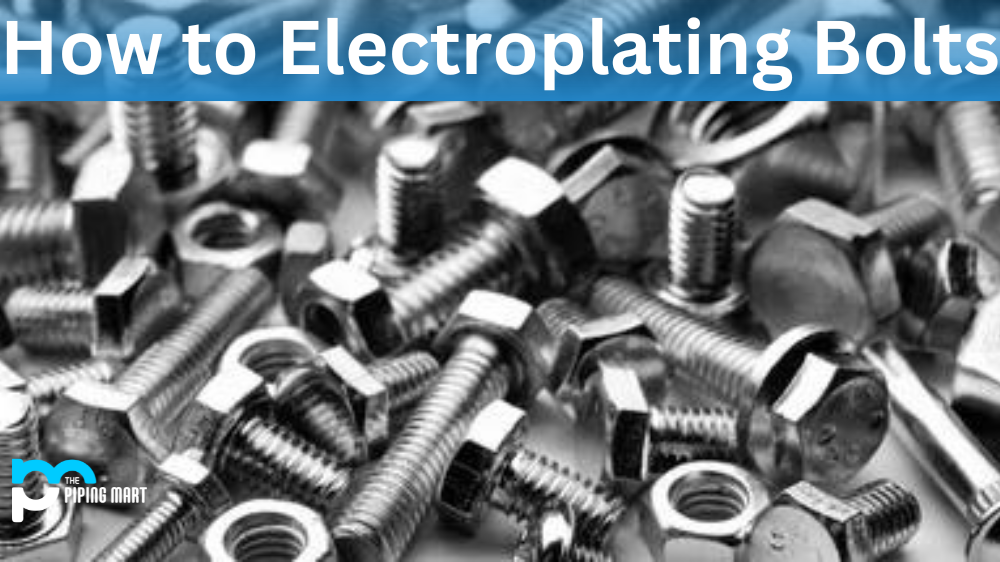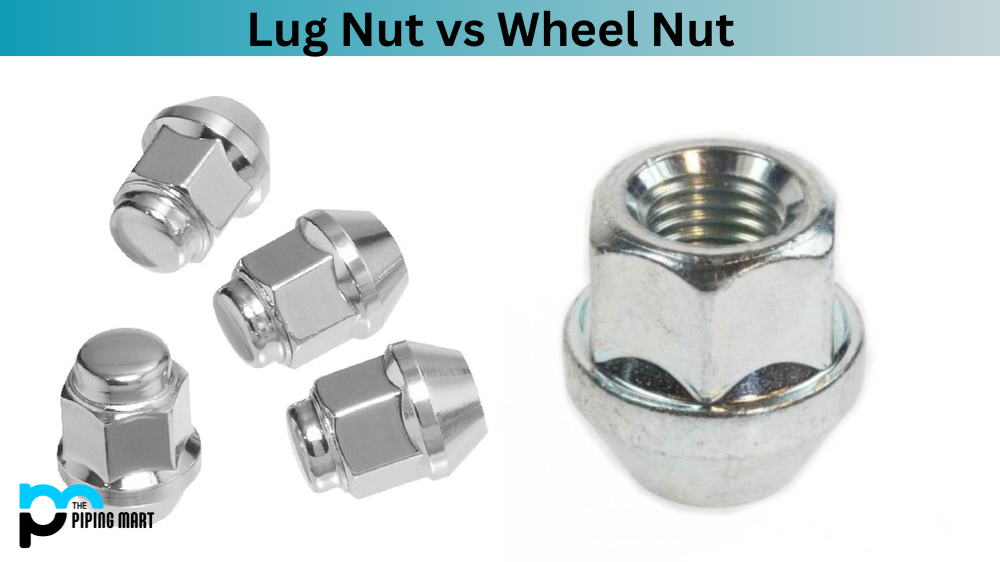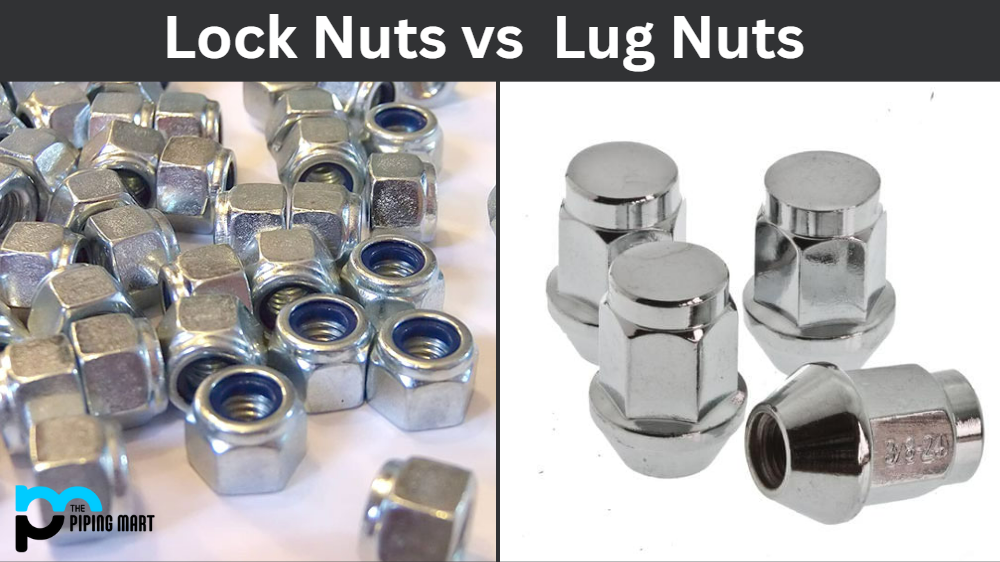Various options are available in the market today for securing construction materials or equipment onto concrete surfaces. One of the most commonly used methods is headed anchor bolts. These specialized bolts are designed to be embedded into concrete and can be used for various applications. However, like any other product, headed anchor bolts have their own advantages and disadvantages. In this blog post, we will delve into the topic of headed anchor bolts and explore their pros and cons to help you make an informed decision for your next project.
The Ins and Outs of Headed Anchor Bolts: Advantages and Disadvantages
What are Headed Anchor Bolts?
Headed anchor bolts are specialized fasteners used in construction and industrial applications. These bolts feature a forged head at one end, which provides a large bearing surface for increased strength and better load distribution.
The unique design of headed anchor bolts makes them ideal for securing heavy equipment, machinery, and structural components to concrete foundations or other structural materials. They are commonly used to construct bridges, buildings, highways, and other infrastructure projects.
One of the main advantages of using headed anchor bolts is their ability to handle high-stress loads without breaking or pulling out. This is due to the larger diameter of the bolt head compared to traditional anchors, which allows for more contact with the surrounding material.
Additionally, headed anchor bolts are designed with deep threads that provide superior grip and resistance against vibrations and torque forces. This ensures a secure connection between the bolt and substrate, even under extreme conditions.
Advantages of Headed Anchor Bolts
Increased Safety:
Headed anchor bolts provide a high level of safety by ensuring that equipment or materials are securely anchored to a surface. This prevents them from shifting or moving, which could present a safety hazard.
Improved Versatility:
They are highly versatile and can be used for various projects, including heavy machinery, columns, beams, and other structural applications.
Resistance to Lateral Forces:
Headed anchor bolts offer increased resistance to lateral forces such as wind or seismic activity. The head of the bolt ensures that it remains embedded within the concrete even when exposed to horizontal forces.
Easy Installation:
Headed anchor bolts can be easily installed into pre-drilled holes, making them an efficient and cost-effective option.
Long-Lasting:
Due to their high durability and resistance to wear and tear, headed anchor bolts can last many years without needing replacement.
Disadvantages of Headed Anchor Bolts/////
Limited Adjustability:
Once a headed anchor bolt is installed, it cannot be adjusted, which may be a disadvantage if any alterations need to be made to the anchoring apparatus.
Limited Access:
The head of the bolt takes up valuable space, making it difficult to access in tight spaces.
Brittle:
If the embedded anchor is subjected to bending or shearing forces, the head may break off, rendering the anchor bolt ineffective.
Difficult Removal:
Headed anchor bolts can be challenging to remove once embedded in concrete, which can lead to extra time and cost.
Environmental Factors:
Headed anchor bolts are susceptible to rust and corrosion, weakening their structural integrity over time.
Conclusion:
In conclusion, while headed anchor bolts offer numerous advantages, such as improved safety, versatility, and easy installation, they also come with their downsides, such as limited adjustability and difficult removal. When using headed anchor bolts, it is important to consider the specific needs of the project and the environment in which it will be used. Overall, headed anchor bolts remain one of the most effective and reliable anchoring solutions in construction.




